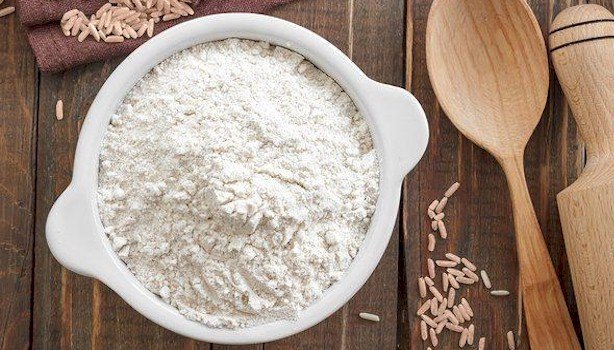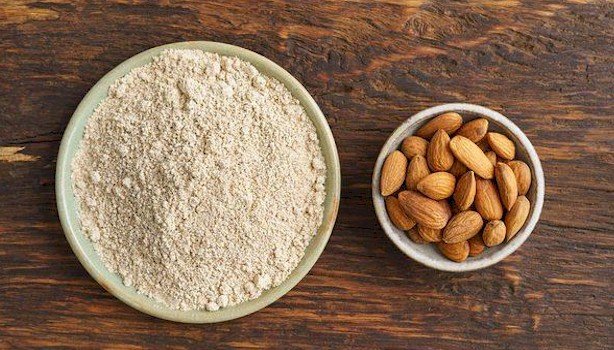Wheat has been a core staple grain for centuries, and used in a variety of products, the most common being flour. Wheat flour is suitable for making bread and baked products, because of its high gluten content. What gluten does is gives the wheat flour elasticity and strength, making it suitable for baking. There’s a segment of the population however, who are allergic to wheat, has celiac disease, or are intolerant to gluten. A wheat allergy response is because of a protein that’s found in wheat, which causes a variety of intestinal symptoms, while celiac disease is an autoimmune disease, where the immune mistakes gluten as an allergen.
10. Corn Flour

Corn can be ground as either corn meal or corn flour. It’s gluten-free, so safe for those who suffers from celiac disease. Both can easily be made from dried corn kernels. What corn flour offers is a sweet grainy flavor, which can be used for baking. This flour can also be made into porridge or polenta, or as a thickener for sauces.
Corn flour and corn meal are both excellent sources of healthy carbs and fiber. They’re both rich in antioxidants including lutein and zeaxanthi, which promotes better health. When buying corn meal or corn flour, make sure that it’s the organic variety and not GMO.
9. Brown Rice Flour

Brown rice flour is a great choice for those who are suffering from celiac disease. It’s milled from unpolished brown rice, so it has excellent nutritional value. It has a nutty flavor which is heavier than white rice. It can be used for baking cakes and cookies, along with bread.
Brown rice flour is an excellent source of fiber and healthy carbohydrates. It’s also found to be high in vitamin B, protein, iron, phosphorus, copper, manganese, magnesium, calcium, and potassium.
8. Almond Flour

Almond flour for baking is known as an excellent alternate to wheat flour. It’s made by finely grounding almonds into a powder. It’s used to bake biscuits, bread, cakes, muffins, along with others. It can also be used as breading for fried or baked foods. It can be used either blanched or natural, depending on your needs. You can easily make your own by grinding almonds to a powder, using your food processor.
Almond flour obviously offers the same benefits as eating a handful of almonds. This flour is low in carbs, gluten-free, high in fiber and protein. It’s rich in vitamins and minerals, such as calcium, iron, riboflavin, potassium, magnesium, and vitamin E.

